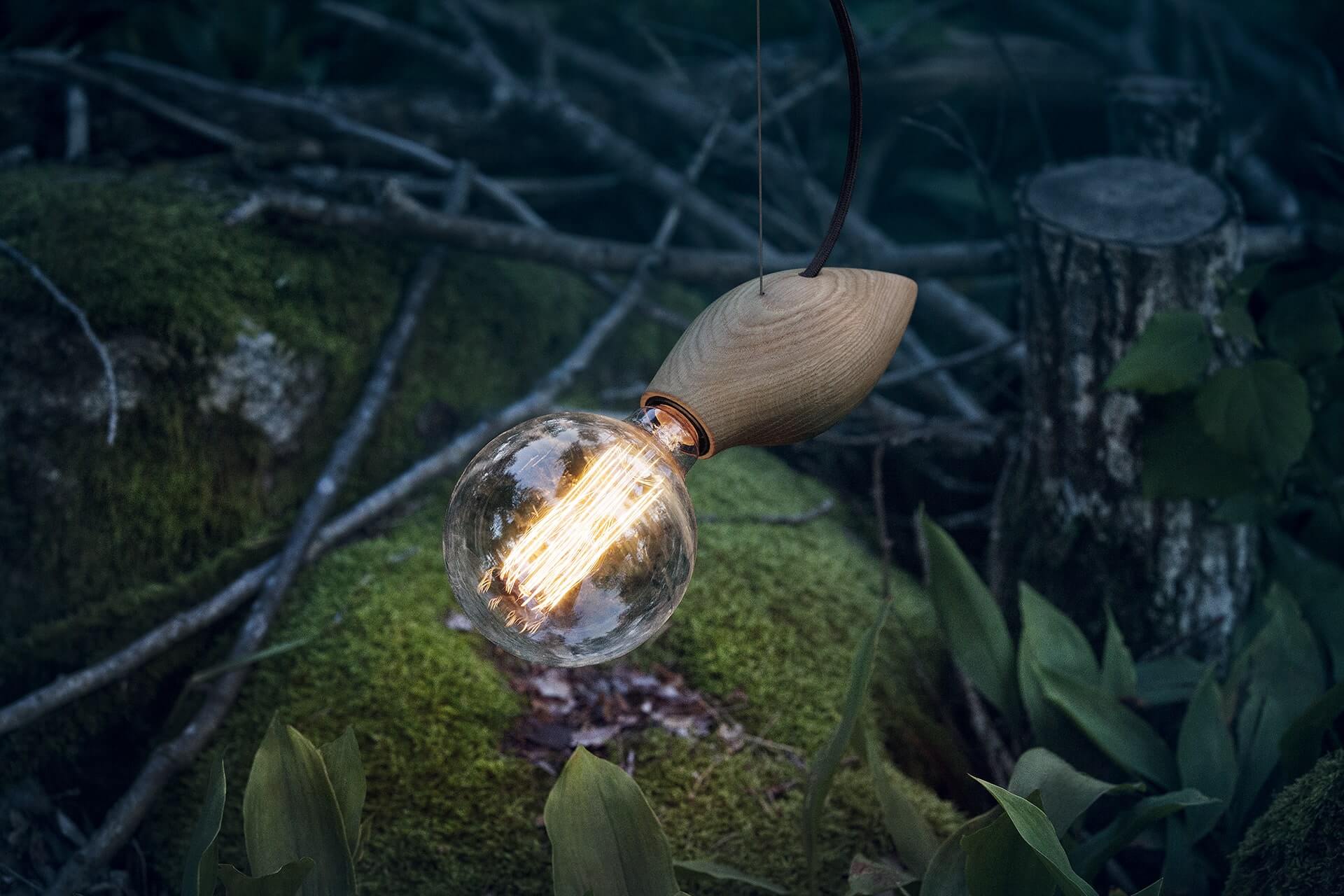Exploring how light can be manipulated to transform the perception of objects
Collaborating under the name “Die DNA des Lichtes,” Ilka Henkel and Paul Heinrich Neuhorst have pioneered an innovative art form that explores the decomposition of light into its spectral components.
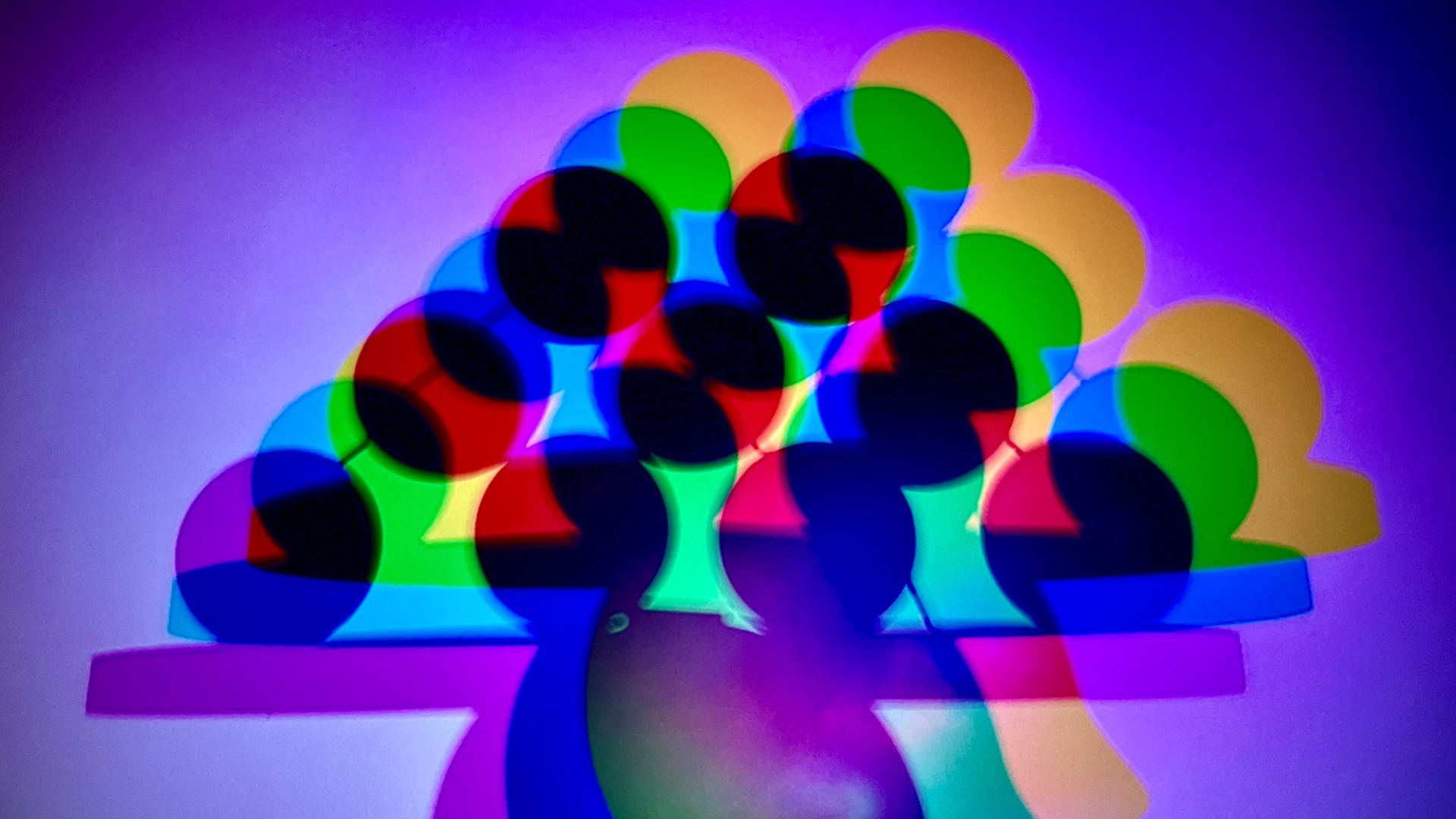
Ilka Henkel and Paul Heinrich Neuhorst, the visionary artists behind “Die DNA des Lichtes,” (in English ‘The DNA of Light’)have carved a unique niche in the world of contemporary art by merging their deep fascination with light and color. Their journey began with a shared passion for exploring the spectral components of light, leading them to create art that transcends traditional boundaries.
Combining Ilka’s diverse craft skills with Paul’s extensive expertise in LED technology, they have developed a distinctive approach to light painting, transforming it into a dynamic form of expression. Their studio in Freiburg im Breisgau serves as a creative laboratory where they continually push the limits of their craft, blending art and technology to create works that engage and inspire. Their philosophy is not only about producing visually striking pieces but also about inviting viewers to interact with their creations, becoming part of the artistic process themselves.
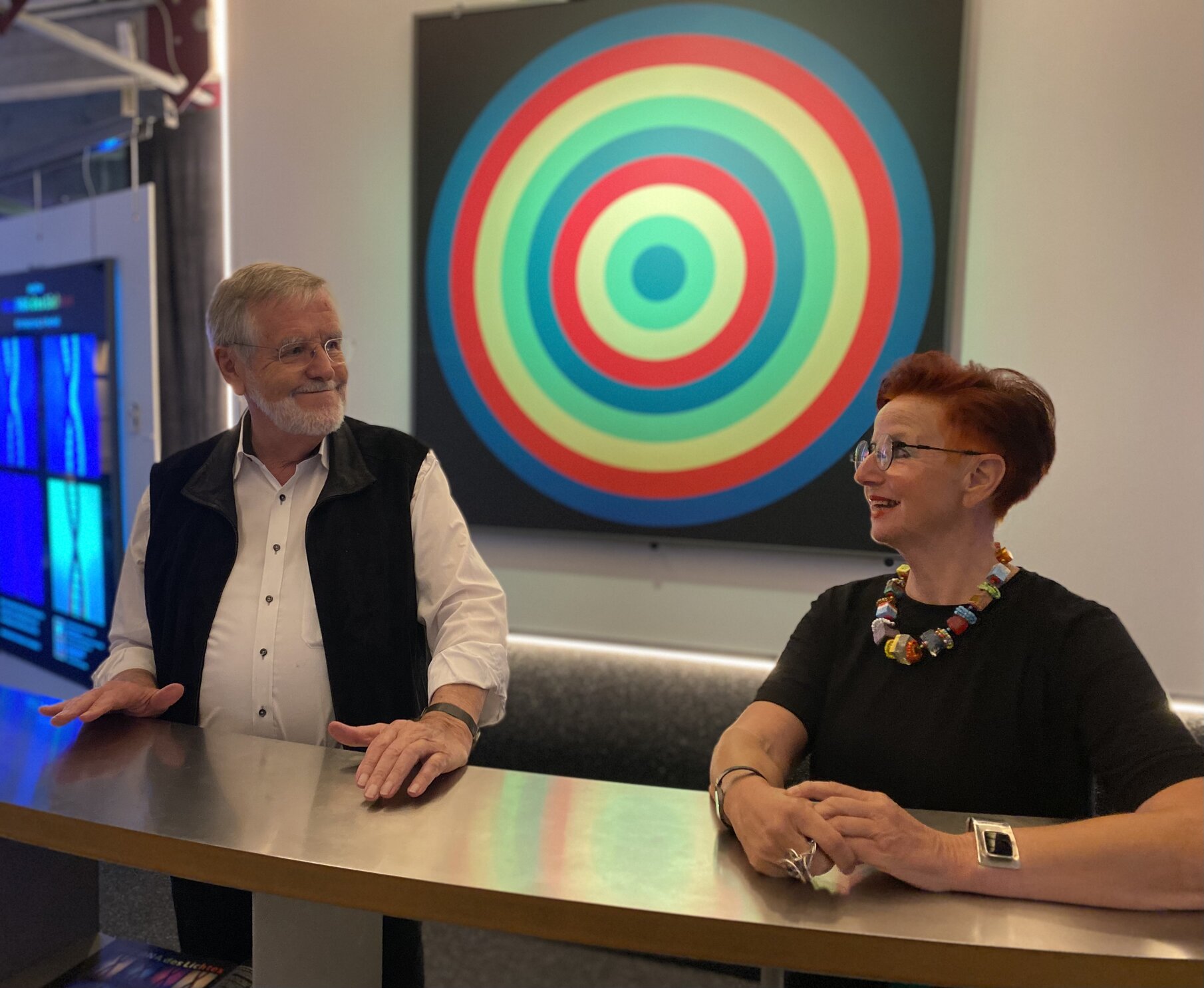
We asked them a few questions to gain a deeper insight into the origins of the project and their future plans, especially since Die DNA des Lichtes is born from a blend of visionary ideas and technological innovations.
How did your design journey begin?
Die DNA des Lichtes:
“Our design journey began from a shared fascination with the interplay of light and color. For me, Ilka, it was about bringing my diverse craft skills into a realm where I could explore new dimensions of artistic expression. Working with Paul, who has spent his life immersed in LED art and artificial light, we found a perfect synergy. Paul’s technical expertise, honed through decades of experience and recognized by over 60 international design awards, complemented my own skills in a way that allowed us to delve deeply into the spectral components of light.
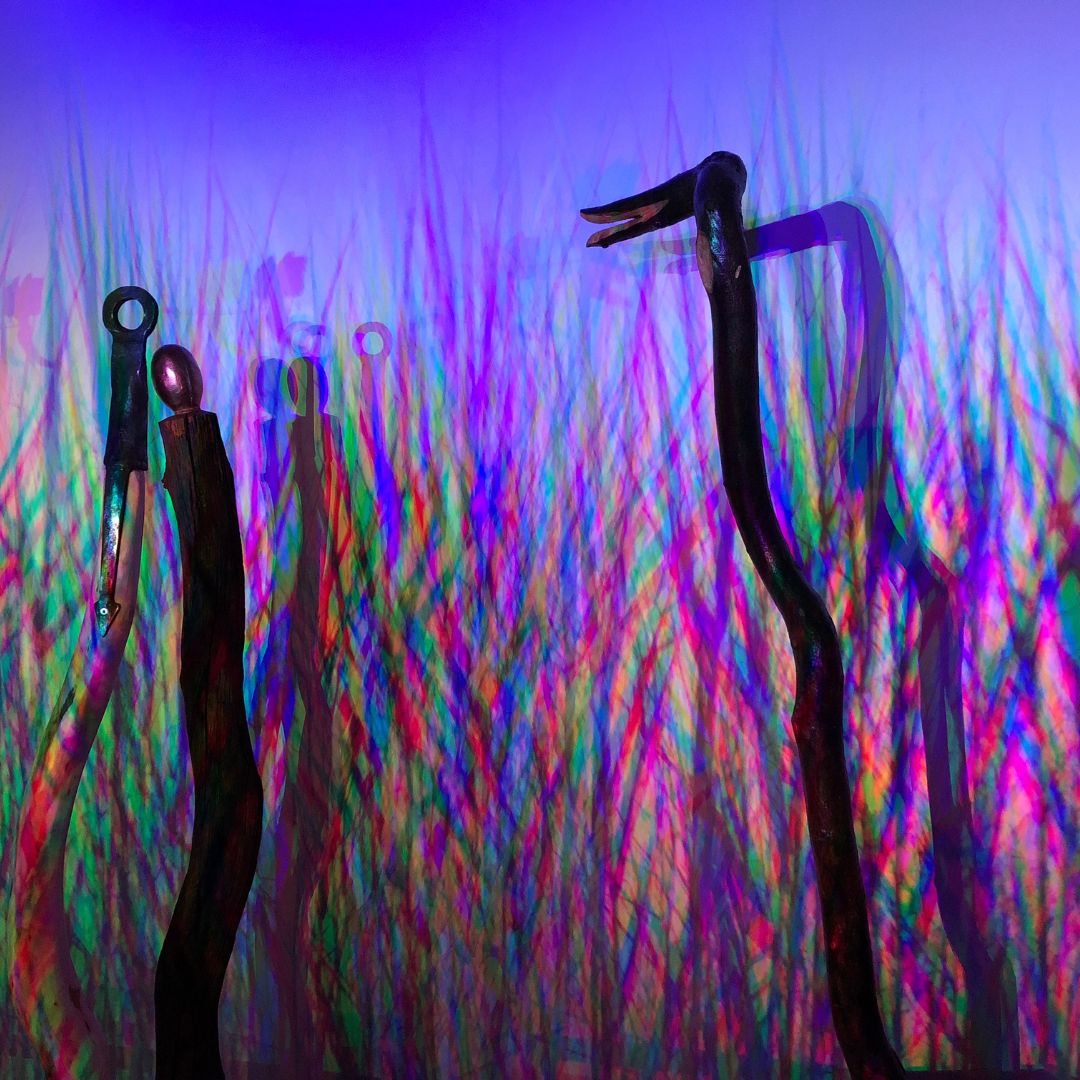
Together, under the name “Die DNA des Lichtes,” we started to explore how light can be decomposed, manipulated, and used to transform the perception of art objects. Our studio in Freiburg im Breisgau became our creative melting pot, where we could realize our shared visions of light and color. The work we produce is not just about creating visually striking images; it’s about crafting dynamic entities that interact with their environment and engage with viewers on multiple levels. The recognition we’ve received from the international art and design community validates our approach, but for us, it’s about more than just accolades.”
How would you describe the design philosophy and approach of Die DNA des Lichtes?
Die DNA des Lichtes:
“Die DNA des Lichtes represents a philosophy that drives us to push the boundaries of traditional art forms and explore new ground. We invite others to see the world through the infinite possibilities of light, and in doing so, to share in the sense of wonder and curiosity that fuels our creative journey.”

What is the main source of inspiration for your artworks? How and why do they come to life in the way we see them?
Die DNA des Lichtes:
“We chose “Die DNA des Lichtes” to define our art because it perfectly captures the essence of our creative process. Much like painting, our work involves creating the three primary colors of light—red, green, and blue—and adjusting their intensity to achieve the desired effect. A little more red here, a little less blue there, just like mixing paint on a palette. Our journey began with a deep fascination for light and its spectral colors, but engaging with light on this level requires more than just a theoretical understanding.
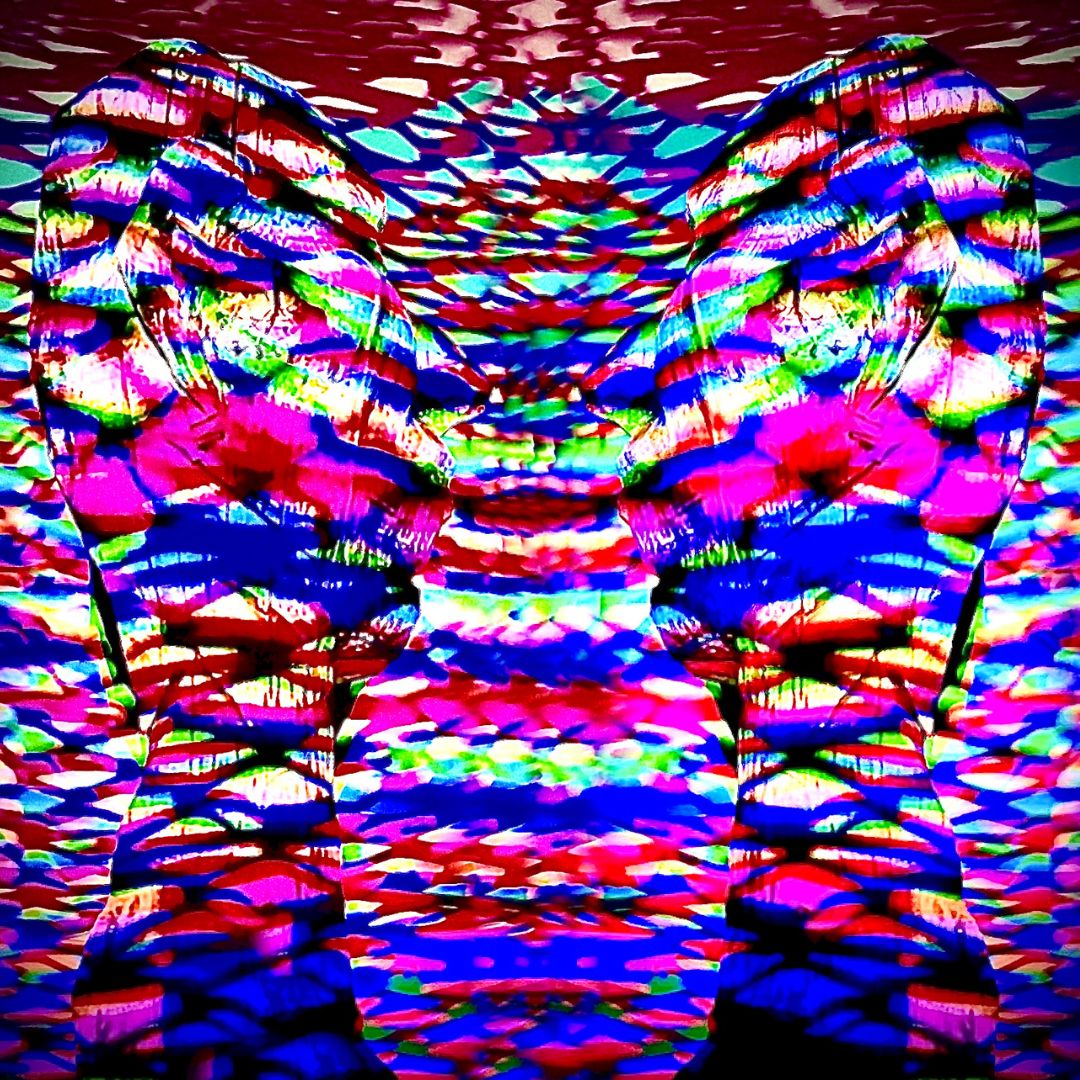
It demands years of experience, a profound appreciation for the medium, and a genuine passion for exploring its possibilities. The development of LED technology was a game-changer for us, enabling us to make the DNA of light visible by producing the fundamental colors of light: red, green, and blue. This breakthrough is what ultimately inspired us to create the art form we now call the “Die DNA des Lichtes.” In essence, our creative process starts with an artistic impulse. Through the vision we’ve developed and the new technologies we utilize, we are able to express what we believe is fundamental in our work—bringing the DNA of light to life.”
Could you explain how the creative process unfolds, from the initial idea to the final composition? What are the key steps involved and why are they important?
Die DNA des Lichtes:
“Describing a creative process is challenging because it often unfolds spontaneously during the act of creation. However, as we’ve mentioned before, our approach is guided by a shared vision. We start with a clear purpose and use the tools at our disposal to paint with light, focusing on its most intimate aspects—those that we believe can tell its story. Our work is also constantly evolving. It’s worth noting that we only began sharing our art publicly about three years ago.
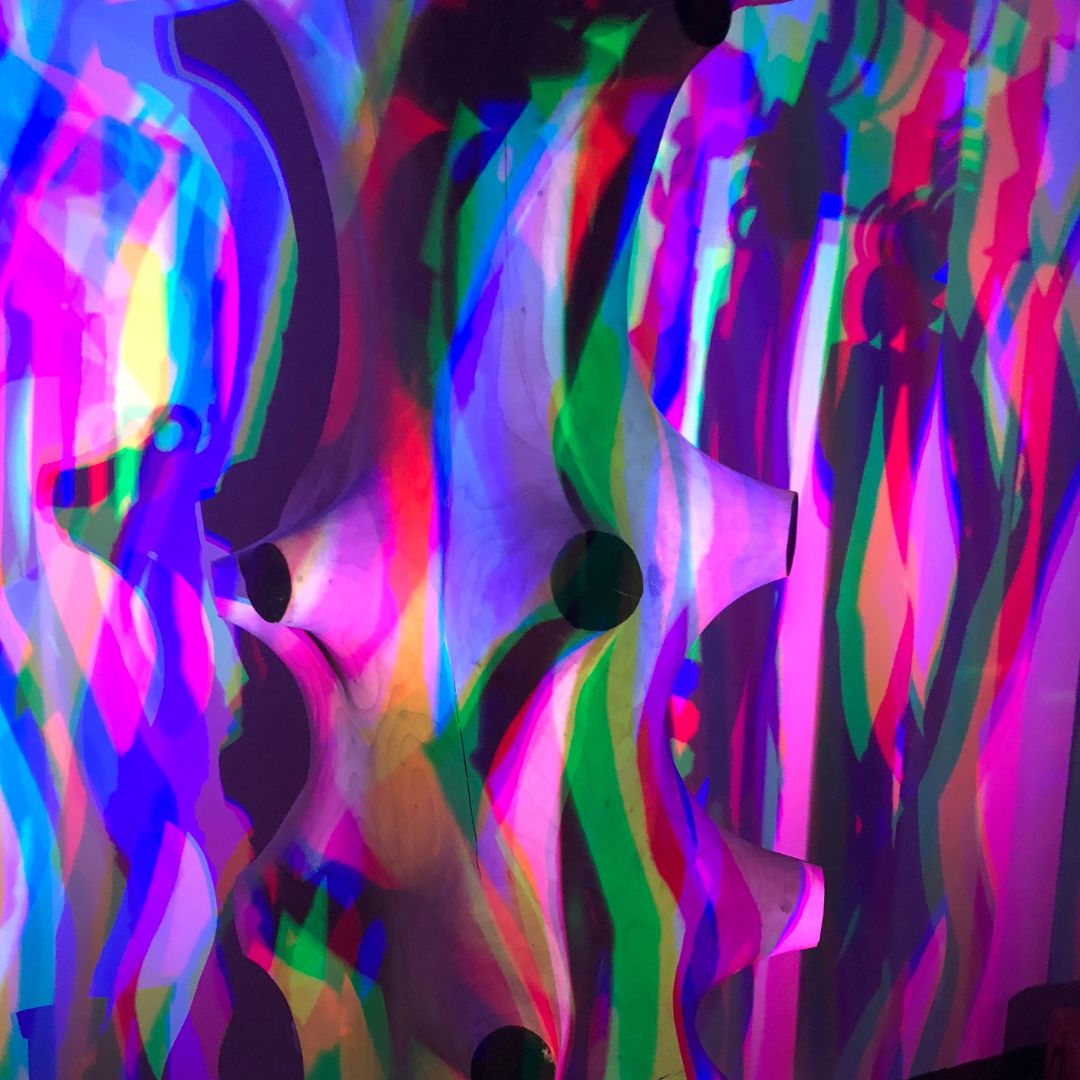
Since then, we’ve made significant technical advancements. In our early pieces, the lighting could only shift from light to dark. Today, we offer viewers the ability to customize their experience. For instance, with illuminated artworks, you can use a remote control to adjust the color temperatures, allowing the piece to reflect your current mood. This empowers you to become the artist of your own experience, if you choose to. Thus, our journey is not just about the creative process; it’s also about embracing technological advancements and market trends. As our studio continues to grow, it absorbs new inspirations and keeps pushing the boundaries of what’s possible with light.”
How do you see the future of Die DNA des Lichtes?
Die DNA des Lichtes:
“Art today has a much broader reach. For instance, we’re collaborating with Brooklyn Fashion Week in Japan, where our artwork will be featured as 3D holograms in their show. As an additional highlight, our art is being personalized—two of our pieces will be incorporated into wearable designs, including on a body and a handbag. The result is truly spectacular, with models wearing our art.

Moreover, art and technology are deeply interconnected. One doesn’t exclude the other; in fact, they are increasingly blending together. Whereas there used to be a clearer distinction between these two fields, today they are merging. Our art, for example, wouldn’t be possible without LED technology. It’s created a beautiful synergy between the two. Just imagine if new technological developments lacked aesthetic appeal—it would be a missed opportunity for both art and innovation.”











